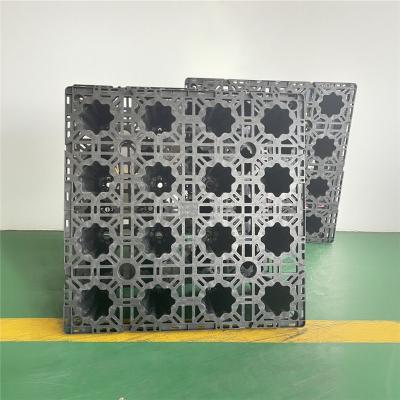How to Choose the Right HDPE Composite Drainage Net for Road Projects
Different types of projects have different requirements for the long-term load, flow and durability of the 3D drainage net. When choosing the product, it is necessary to follow the regulations of the country or region where the project is located.
When choosing a composite drainage geonet for roadbed drainage, the key lies in high compressive strength, low creep, and effective backflow. The roadbed is subjected to long-term vehicle dynamic loads, so the drainage net must maintain a stable structure. Products with a compressive strength of ≥ 400 kPa at a strain of 2% should be selected. For heavy-duty road or railway roadbeds, higher requirements are imposed. Pay close attention to the creep performance of the product to ensure that the compressive strength does not deteriorate uncontrollably during the service life, which is crucial for ensuring long-term drainage capacity.
The required flow rate should be calculated based on the hydrogeological conditions, and the drainage net must still meet the drainage requirements after being under pressure, with a safety margin left.
A thick needle-punched non-woven geotextile must be combined as the filter layer. The apparent opening size of the geotextile should match the particle gradation of the surrounding fill soil to prevent fine particles from migrating and causing blockage, while ensuring good permeability.




